Home>Garden Essentials>Garden Plants>How To Make Thyme Oil
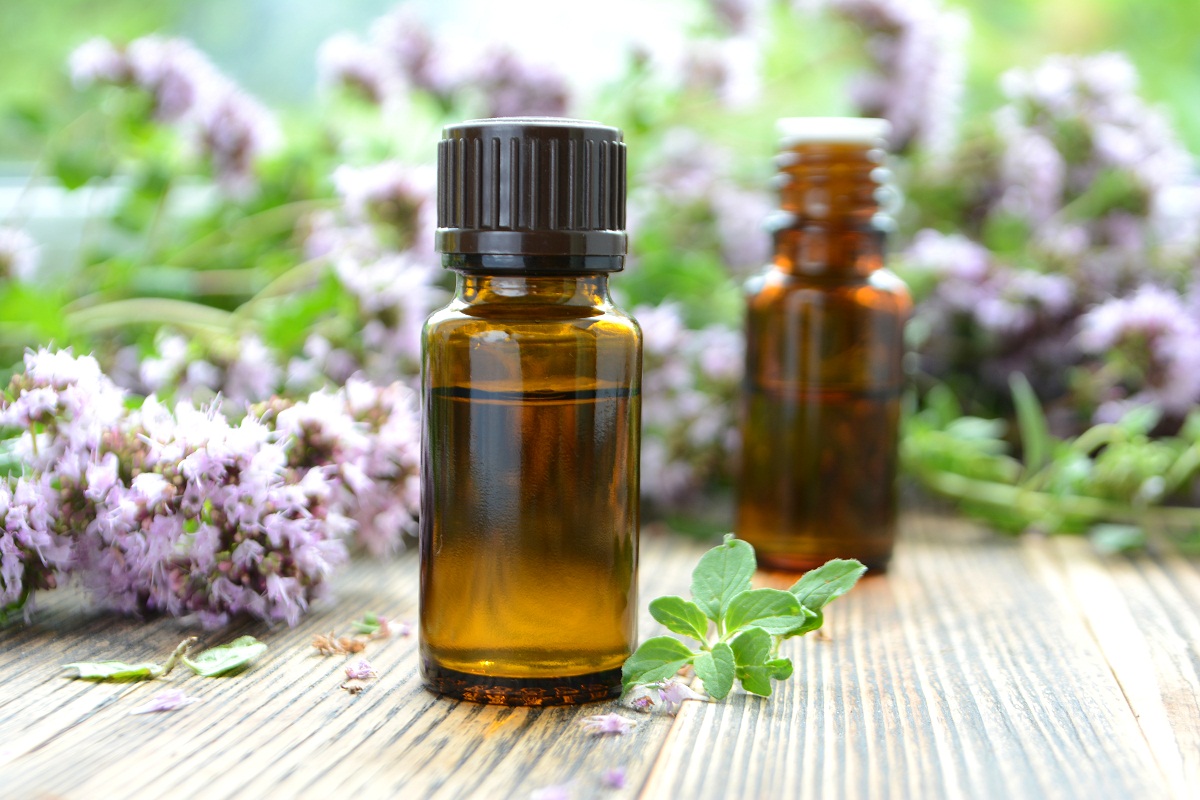

Garden Plants
How To Make Thyme Oil
Modified: October 20, 2024
Learn how to make thyme oil from plants. Discover the benefits and uses of thyme oil for cooking and aromatherapy.
(Many of the links in this article redirect to a specific reviewed product. Your purchase of these products through affiliate links helps to generate commission for Storables.com, at no extra cost. Learn more)
Introduction
Welcome to the world of plants and their incredible natural properties. In this article, we will explore the fascinating world of thyme oil and learn how to make it at home.
Thyme oil is derived from the herb thyme (Thymus vulgaris) through a process called distillation. This aromatic oil has been used for centuries for its multitude of benefits. From culinary uses to medicinal purposes, thyme oil is a versatile essential oil that deserves a place in your home.
Thyme oil is renowned for its antimicrobial properties, making it a valuable addition to natural cleaning products. It is also known to have antiseptic, antifungal, and antispasmodic properties, which can contribute to its extensive range of health benefits. Additionally, thyme oil is rich in antioxidants, which can help combat free radicals and promote overall well-being.
There are several ways to make thyme oil, each with its own benefits and process. In this article, we will explore three methods: cold infusion, heated infusion, and steam distillation. Each method offers a unique approach and allows you to customize the oil to cater to your specific needs and preferences.
Before we dive into the methods, it’s important to be aware of some safety precautions when using thyme oil. Thyme oil is highly concentrated and should always be diluted before use. Additionally, pregnant women, individuals with sensitive skin, and those with certain medical conditions should consult a healthcare professional before using thyme oil.
Now that we have set the stage, let’s explore the methods of making thyme oil and how you can harness its incredible benefits!
Key Takeaways:
- Thyme oil offers a multitude of benefits, from antimicrobial properties to respiratory health support. Making it at home allows for customization and safe usage in various applications.
- Safety is paramount when working with thyme oil. Dilution, patch testing, and professional consultation are crucial for safe and effective usage. Enjoy the benefits of thyme oil responsibly and creatively.
Read more: What Is Thyme Oil Used For
What is Thyme Oil?
Thyme oil is an essential oil derived from the herb thyme (Thymus vulgaris). This aromatic oil is extracted through a process called distillation, which involves steaming the thyme plant to obtain its concentrated essence.
Thyme oil has a distinct herbal and slightly spicy aroma, which adds depth and flavor to various culinary dishes. It is commonly used in Mediterranean cuisine and pairs well with meats, vegetables, and soups.
Beyond its culinary uses, thyme oil has a long history of being used for its medicinal properties. It is believed to have antiseptic, antimicrobial, antifungal, antispasmodic, and antioxidant properties, making it a versatile natural remedy.
One of the main active compounds in thyme oil is thymol, which is responsible for many of its therapeutic benefits. Thymol has been studied for its potential antimicrobial effects against various bacteria, fungi, and viruses.
Thyme oil is also known for its potential beneficial effects on respiratory health. It has been used traditionally to help relieve symptoms of cough, bronchitis, and congestion. The oil’s antimicrobial properties may help fight respiratory infections and promote clear airways.
Additionally, thyme oil is believed to have antioxidant properties, helping to protect the body against free radicals and oxidative stress. This can contribute to overall well-being and may have anti-aging effects.
Thyme oil is available in different strengths and forms, including 100% pure essential oil, diluted blends, and as an ingredient in various skincare and beauty products.
As with any essential oil, it is important to use thyme oil responsibly and with caution. It is highly concentrated and should be diluted before topical application. It is also recommended to conduct a patch test before using thyme oil topically to check for any adverse reactions.
Now that we understand what thyme oil is and its potential benefits, let’s explore the various ways to make this versatile oil at home.
Benefits of Thyme Oil
Thyme oil offers a multitude of benefits, ranging from its antimicrobial properties to its potential positive effects on respiratory health and overall well-being. Let’s explore some of the key benefits of thyme oil:
- Antimicrobial Properties: Thyme oil is known for its powerful antimicrobial effects. It has been shown to have a broad-spectrum activity against various bacteria, fungi, and viruses. This makes it a valuable addition to natural cleaning products, as it can help eliminate harmful germs and bacteria.
- Respiratory Health: Thyme oil has traditionally been used to support respiratory health. It is believed to have expectorant properties, helping to loosen mucus and relieve coughs. The oil’s antimicrobial effects may also help fight respiratory infections and promote clearer airways.
- Antiseptic and Wound Healing: Thyme oil possesses antiseptic properties, making it useful for cleaning and disinfecting wounds and cuts. It may also promote wound healing by stimulating blood circulation and accelerating the formation of new tissue.
- Pain Relief: The analgesic properties of thyme oil make it a popular choice for natural pain relief. It can be used topically to ease muscle aches, joint pain, and headaches when diluted properly.
- Antioxidant Effects: Thyme oil contains antioxidants that can help protect the body against free radicals. These unstable molecules can cause cell damage and contribute to various ailments. The antioxidants in thyme oil help neutralize free radicals and promote overall well-being.
- Skin Health: Thyme oil is often used in skincare products due to its potential antibacterial and acne-fighting properties. It can help combat acne-causing bacteria and reduce inflammation. Thyme oil may also have a toning and rejuvenating effect on the skin.
- Mood Enhancement: The aroma of thyme oil is believed to have mood-lifting properties. It can help promote relaxation, reduce stress, and improve overall mental well-being. Diffusing thyme oil in a room or using it in aromatherapy can create a calming atmosphere.
These are just some of the potential benefits of thyme oil. It is important to note that individual results may vary, and it is always best to consult with a healthcare professional before using thyme oil for specific health concerns.
Now that we know the many benefits of thyme oil, let’s delve into different methods of making this potent essential oil at home.
Ways to Make Thyme Oil
There are different methods to make thyme oil at home, each with its own advantages and process. Here are three popular methods you can try:
- Method 1: Cold Infusion: This method is the simplest and requires minimal equipment. Start by filling a clean glass jar with fresh thyme leaves. Pour a carrier oil, such as olive oil or jojoba oil, over the thyme leaves, ensuring they are fully covered. Secure the jar with a tightly fitting lid and place it in a cool, dark place for at least two weeks. During this time, the oil will naturally infuse with the thyme leaves. After two weeks, strain the oil using a fine mesh strainer or cheesecloth, and transfer it to a dark glass bottle for storage.
- Method 2: Heated Infusion: This method involves gently heating the thyme leaves and carrier oil to speed up the infusion process. In a double boiler or a heatproof glass container placed in a pot of simmering water, combine the thyme leaves with the carrier oil. Heat the mixture on low heat for 3-4 hours, stirring occasionally. Be careful not to overheat or burn the mixture. After the desired infusion time, strain the oil using a fine mesh strainer or cheesecloth, and store it in a dark glass bottle.
- Method 3: Steam Distillation: Steam distillation is a more advanced method that requires a distillation apparatus. It allows for a more concentrated and potent thyme oil. To start, add water to the bottom compartment of the distillation apparatus and place a heat-resistant glass container in the upper compartment. Add fresh thyme leaves to the glass container. As the water heats up, steam will pass through the thyme leaves, carrying the essential oil molecules. The steam will then condense, and the oil will separate from the water. Collect the oil and transfer it to a dark glass bottle for storage.
Regardless of the method you choose, make sure to use high-quality fresh thyme leaves and a carrier oil that suits your preferences and needs. It is essential to store the homemade thyme oil in a dark glass bottle in a cool, dark place to preserve its potency and extend its shelf life.
Now that you know how to make thyme oil using different methods, let’s move on to some safety precautions to keep in mind when working with essential oils.
Method 1: Cold Infusion
Cold infusion is a simple and straightforward method to extract the essence of thyme into an oil base. This method is ideal for those who want a gentle and subtle thyme oil. Here’s a step-by-step guide on how to make thyme oil using the cold infusion method:
- Gather Fresh Thyme Leaves: Start by harvesting or purchasing fresh thyme leaves. Ensure that the leaves are clean and free from dirt or debris. You can either grow your own thyme plant or purchase fresh thyme from a trusted source.
- Choose Your Carrier Oil: Select a carrier oil of your choice, such as olive oil, jojoba oil, or almond oil. These oils act as a base and help to extract the aromatic compounds from the thyme leaves.
- Prepare a Clean Glass Jar: Use a clean and sterilized glass jar with a tight-fitting lid. This will ensure a hygienic environment for the infusion process.
- Combine the Thyme Leaves and Carrier Oil: Fill the glass jar about halfway with fresh thyme leaves. The quantity of thyme leaves will depend on the size of your jar and desired potency of the oil. Pour the chosen carrier oil over the thyme leaves, ensuring they are completely submerged.
- Seal and Store: Secure the lid tightly on the glass jar. Place the jar in a cool, dark place away from direct sunlight. This will allow the thyme leaves to slowly infuse with the carrier oil over time.
- Infusion Process: Let the thyme leaves infuse in the carrier oil for at least two weeks. During this time, the oil will gradually absorb the aroma and beneficial properties of the thyme leaves.
- Straining the Oil: After the infusion period, strain the oil using a fine mesh strainer or cheesecloth. This will remove any remaining thyme leaves and sediment, resulting in a smooth and pure thyme oil.
- Transfer and Storage: Transfer the strained thyme oil into a dark glass bottle with a tight lid. Dark glass bottles help to protect the oil from sunlight exposure, preserving its potency. Store the bottle in a cool, dark place, and it will typically remain stable for several months.
Remember to label your homemade thyme oil with the date of preparation for future reference. It is important to note that cold infusion may produce a milder thyme oil compared to other methods, but it retains the natural essence and therapeutic properties of the herb.
Now that you have successfully made your homemade thyme oil using the cold infusion method, it’s essential to understand some safety precautions before using it. Let’s explore the precautions in the next section.
When making thyme oil, ensure that the thyme leaves are completely dry before infusing them in the oil to prevent any moisture from causing mold or spoilage.
Read more: What Is White Thyme Oil Used For
Method 2: Heated Infusion
The heated infusion method is a slightly more accelerated process compared to cold infusion. It involves gently heating the thyme leaves and carrier oil to enhance the extraction of the aromatic compounds. Follow these steps to create thyme oil using the heated infusion method:
- Select Fresh Thyme Leaves: Begin by selecting fresh thyme leaves. Ensure that they are clean and free from any dirt or impurities. You can grow your own thyme plant or purchase fresh thyme leaves from a reliable source.
- Pick a Suitable Carrier Oil: Choose a carrier oil that suits your preferences and needs. Olive oil, almond oil, and jojoba oil are popular choices. Carrier oils act as a base to extract the essential oils from the thyme leaves.
- Prepare a Heatproof Container: Use a heatproof glass container that can withstand low heat. A mason jar or a Pyrex glass container works well for this method.
- Combine Thyme Leaves and Carrier Oil: Fill the glass container halfway with fresh thyme leaves. The amount of thyme leaves will depend on the size of your container and the desired potency of the oil. Pour the chosen carrier oil over the thyme leaves until they are fully submerged.
- Heat the Mixture: Place the glass container in a double boiler or a pot filled with simmering water. Heat the mixture on low heat for approximately 3-4 hours, stirring occasionally. Keep an eye on the temperature to avoid overheating or boiling the oil.
- Monitor the Infusion Process: During the heating process, the oil will absorb the aromatic compounds from the thyme leaves. This method accelerates the infusion compared to cold infusion.
- Strain the Oil: After the desired infusion period, remove the glass container from the heat and allow the oil to cool slightly. Strain the oil using a fine mesh strainer or cheesecloth to remove any leftover thyme leaves, producing a clear and smooth thyme oil.
- Transfer and Store: Pour the strained thyme oil into a dark glass bottle with a tight lid. Dark glass bottles protect the oil from light exposure, maintaining its potency. Store the bottle in a cool, dark place, and it should remain usable for several months.
Remember to label the bottle with the date of preparation for future reference. The heated infusion method yields a more potent thyme oil compared to cold infusion. However, it is always important to exercise caution and use diluted thyme oil as per safety guidelines.
Now that you’ve learned how to make thyme oil using the heated infusion method, let’s move on to exploring the process of steam distillation, another method for obtaining thyme oil.
Method 3: Steam Distillation
Steam distillation is a more complex method used to extract potent essential oils, including thyme oil. This method requires specialized equipment but allows for a more concentrated and potent oil. Here’s a step-by-step guide on how to make thyme oil using the steam distillation method:
- Harvest or Purchase Fresh Thyme: Begin by harvesting or obtaining fresh thyme. Ensure that the leaves are clean and free from any dirt or debris. Quality thyme leaves are essential for producing a high-quality oil.
- Set Up the Distillation Apparatus: Prepare a distillation apparatus consisting of a steam generator, condenser, and collection vessel. Follow the manufacturer’s instructions for assembly. The steam generator will produce steam that will pass through the thyme leaves to extract the essential oil.
- Place the Thyme Leaves: Fill the designated section of the distillation apparatus with fresh thyme leaves. The quantity of thyme leaves will depend on the apparatus’s capacity and the amount of oil desired.
- Start the Distillation Process: Turn on the steam generator and allow the water to heat until steam is produced. The steam will carry the volatile essential oil compounds from the thyme leaves and into the condenser, where it will condense into a liquid form.
- Collect the Essential Oil: As the steam passes through the condenser, it will separate into essential oil and water. The essential oil, being lighter, will rise to the surface and can be collected in a separate container. This collected liquid is your thyme oil.
- Separate the Oil and Water: Once the distillation process is complete, carefully separate the collected oil from any remaining water or hydrosol. Thyme oil is lighter than water, so it should settle on top. Gently pour off the oil into a dark glass bottle using a pipette or a small funnel.
- Store the Thyme Oil: Seal the dark glass bottle with a tight lid to prevent air exposure. Store it in a cool, dark place away from sunlight and heat. Properly stored thyme oil should maintain its potency for an extended period.
Steam distillation allows for the extraction of a highly concentrated thyme oil, rich in aromatic compounds and therapeutic properties. This method requires more equipment and knowledge compared to other infusion methods.
Now that you’ve learned the process of steam distillation, it’s important to keep in mind some general safety precautions when working with thyme oil. Let’s explore those in the next section.
Safety Precautions
While thyme oil offers numerous benefits, it is essential to follow safety precautions when handling and using it. Here are some important guidelines to keep in mind:
- Dilute Before Use: Thyme oil is highly concentrated and potent. It should never be used undiluted on the skin. Always dilute thyme oil with a suitable carrier oil, such as coconut oil or almond oil, before applying it topically.
- Patch Test: Before using thyme oil topically, it is important to perform a patch test. Apply a small amount of diluted thyme oil to a small area of your skin and wait for 24 hours. If you experience any adverse reactions, such as redness, irritation, or itching, discontinue use.
- Keep Away from Children and Pets: Thyme oil should be stored in a secure location, out of reach of children and pets. Accidental ingestion or improper use can cause harm.
- Consult a Healthcare Professional: If you are pregnant, nursing, have a medical condition, or are taking any medications, it is advisable to consult a healthcare professional before using thyme oil. Some individuals may have sensitivities or allergies to essential oils.
- Avoid Contact with Eyes and Mucous Membranes: Thyme oil should not come into direct contact with the eyes or mucous membranes. If accidental contact occurs, rinse thoroughly with water. If any irritation persists, seek medical attention.
- Store in a Cool, Dark Place: To maintain the quality and potency of thyme oil, store it in a cool, dark place away from direct sunlight and heat sources. A tightly sealed dark glass bottle is recommended for storage.
- Use Responsibly: Thyme oil is intended for external use only. Do not ingest thyme oil, and avoid using it on broken or damaged skin. If you have any concerns or questions, seek guidance from a qualified aromatherapist or healthcare professional.
By following these safety precautions, you can enjoy the benefits of thyme oil while minimizing any potential risks or adverse effects.
Now that you are aware of the safety precautions, let’s explore how to use thyme oil in various ways to reap its benefits.
How to Use Thyme Oil
Thyme oil can be used in a variety of ways to harness its benefits and enjoy its aromatic properties. Here are some popular and effective ways to use thyme oil:
- Aromatherapy: Add a few drops of thyme oil to a diffuser or oil burner to fill your space with its invigorating aroma. This can help create a calming atmosphere, promote relaxation, and uplift your mood.
- Massage Oil: Dilute thyme oil in a carrier oil like almond or coconut oil to create a massage blend. Massage the diluted oil onto the skin to promote relaxation, relieve muscle tension, and enjoy its aromatic benefits.
- Steam Inhalation: Add a few drops of thyme oil to a bowl of hot water. Cover your head with a towel and inhale the steam deeply. This can help relieve congestion, clear the respiratory system, and provide a sense of relief during colds or sinus congestion.
- Topical Application: Dilute thyme oil in a carrier oil, such as jojoba oil or sweet almond oil, at a recommended ratio of 1-2% (5-10 drops per tablespoon of carrier oil). Use this diluted blend to apply on the skin for localized benefits, such as soothing minor skin irritations or insect bites.
- Natural Cleaning: Harness the antimicrobial properties of thyme oil by adding a few drops to homemade cleaning solutions. Mix it with water, white vinegar, and a citrus essential oil to create a non-toxic and effective cleaner. Use it to sanitize surfaces, well clean cutting boards, or freshen up your home.
- Culinary Purposes: Thyme oil can add a delicious and aromatic flavor to culinary dishes. Use it sparingly by adding a drop or two to soups, sauces, salad dressings, or roasted vegetables to enhance their taste and aroma. Remember, thyme oil is potent, so start with a small amount and adjust to your preference.
Remember to always follow recommended dilution guidelines and perform a patch test before using thyme oil topically. Everyone’s sensitivity to essential oils may vary, so it’s important to listen to your body’s response.
When purchasing thyme oil, opt for high-quality, pure essential oils from reputable sources to ensure the best quality and therapeutic benefits.
Now that you are familiar with the various ways to use thyme oil, let’s conclude our exploration of this remarkable essential oil.
Read more: How To Make Thyme Tincture?
Conclusion
Congratulations! You’ve now learned about the wonderful world of thyme oil and how to make it at home. Thyme oil is a versatile essential oil with a range of benefits, from its antimicrobial properties to its potential effects on respiratory health and well-being.
By understanding the different methods of making thyme oil, you can choose the one that suits your preferences and needs. Whether you opt for the simple cold infusion, the accelerated heated infusion, or the more advanced steam distillation, each method allows you to create your own thyme oil with distinct characteristics.
Remember to always prioritize safety when working with thyme oil. Dilute it properly, perform patch tests, and consult with a healthcare professional if you have any concerns or pre-existing conditions.
Once you have your homemade thyme oil, you can enjoy its benefits in various ways. Whether through aromatherapy, massage, steam inhalation, topical application, natural cleaning, or even culinary use, thyme oil can enhance your well-being, promote relaxation, and add flavor and aroma to your favorite dishes.
Always remember to store thyme oil in a cool, dark place in a tightly sealed dark glass bottle to maintain its potency and extend its shelf life.
Now that you possess the knowledge and skills to make and use thyme oil, explore and experiment with this incredible essential oil. Embrace the power of plants and enjoy the many benefits that thyme oil has to offer.
Disclaimer: The information provided in this article is for educational purposes only and is not intended as medical advice. It is always recommended to consult with a qualified healthcare professional before using thyme oil or any other essential oil.
Frequently Asked Questions about How To Make Thyme Oil
Was this page helpful?
At Storables.com, we guarantee accurate and reliable information. Our content, validated by Expert Board Contributors, is crafted following stringent Editorial Policies. We're committed to providing you with well-researched, expert-backed insights for all your informational needs.
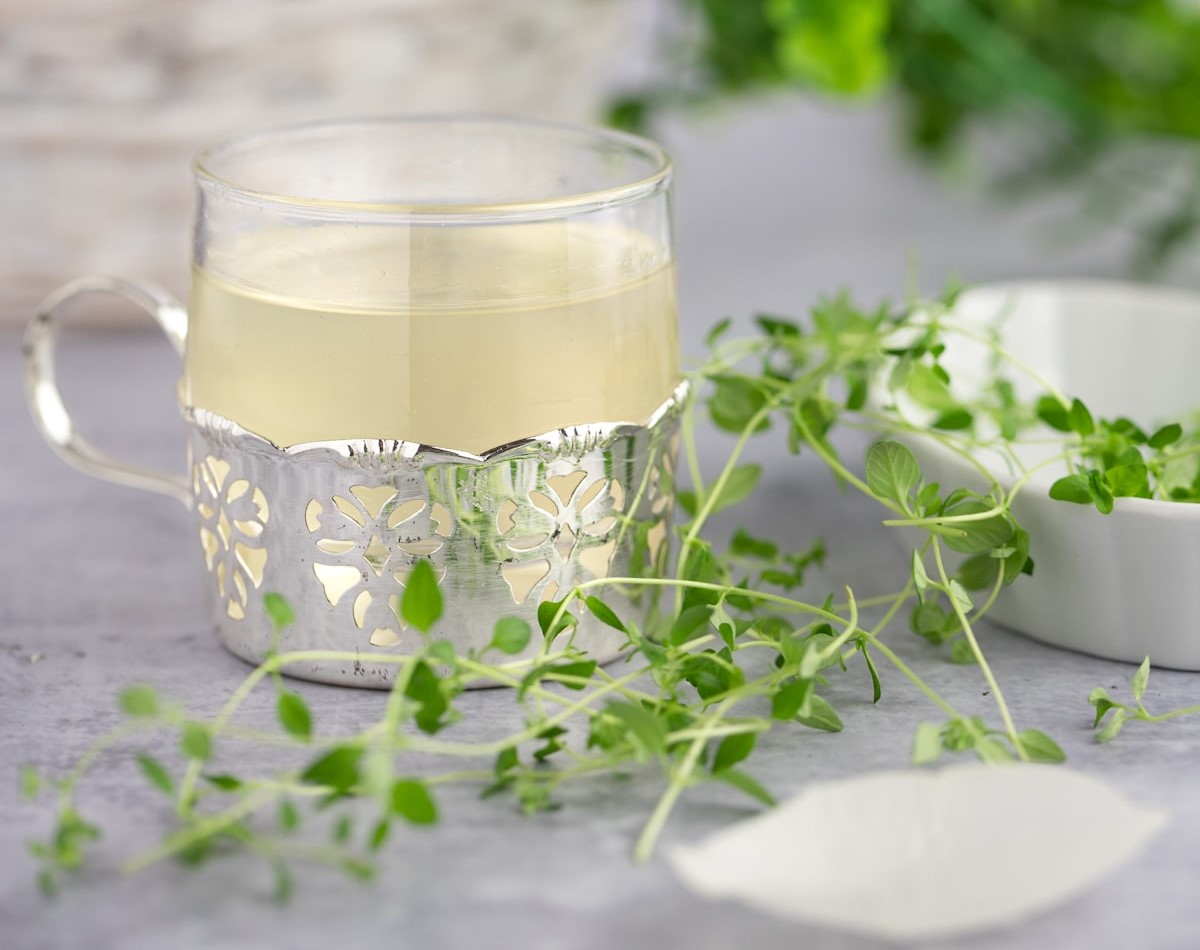
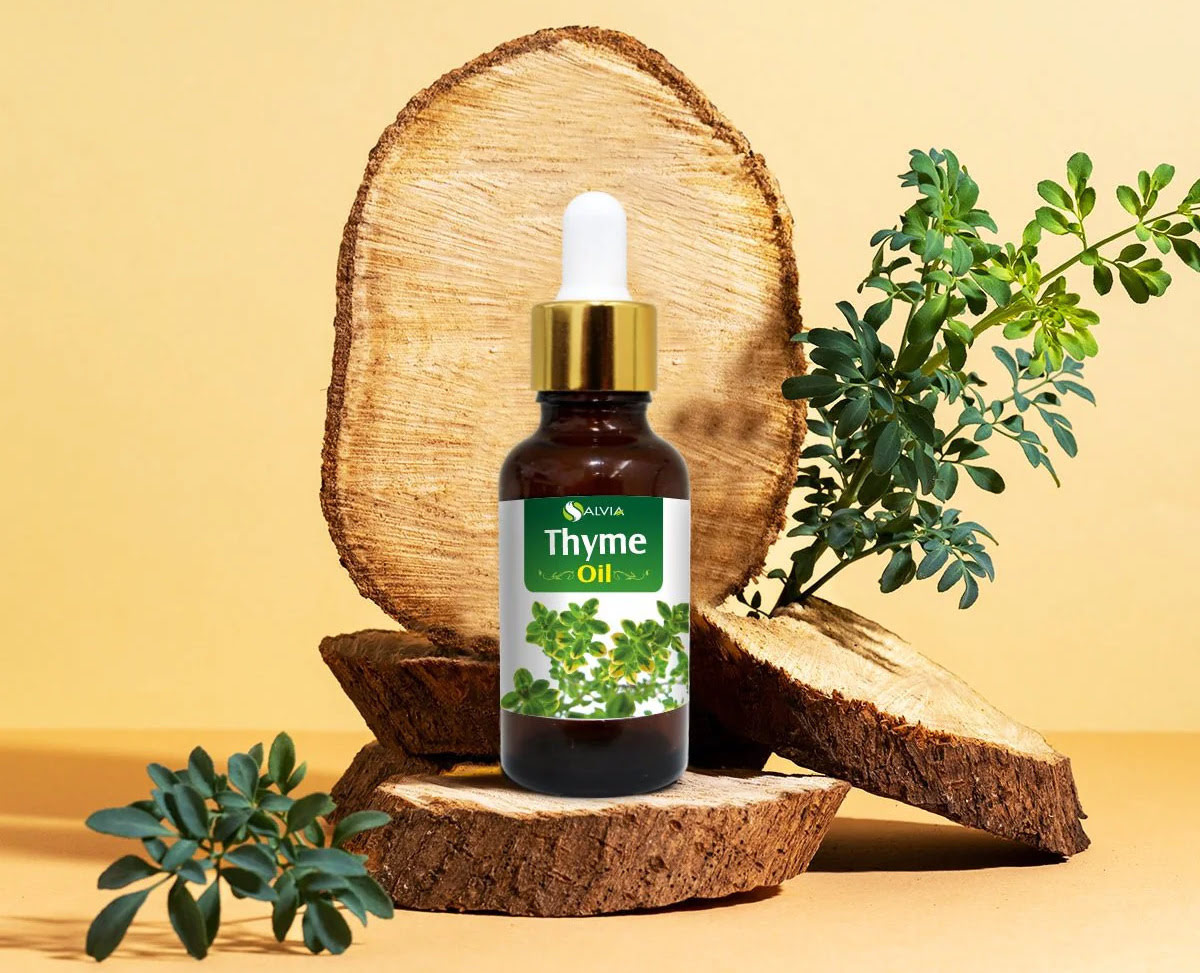
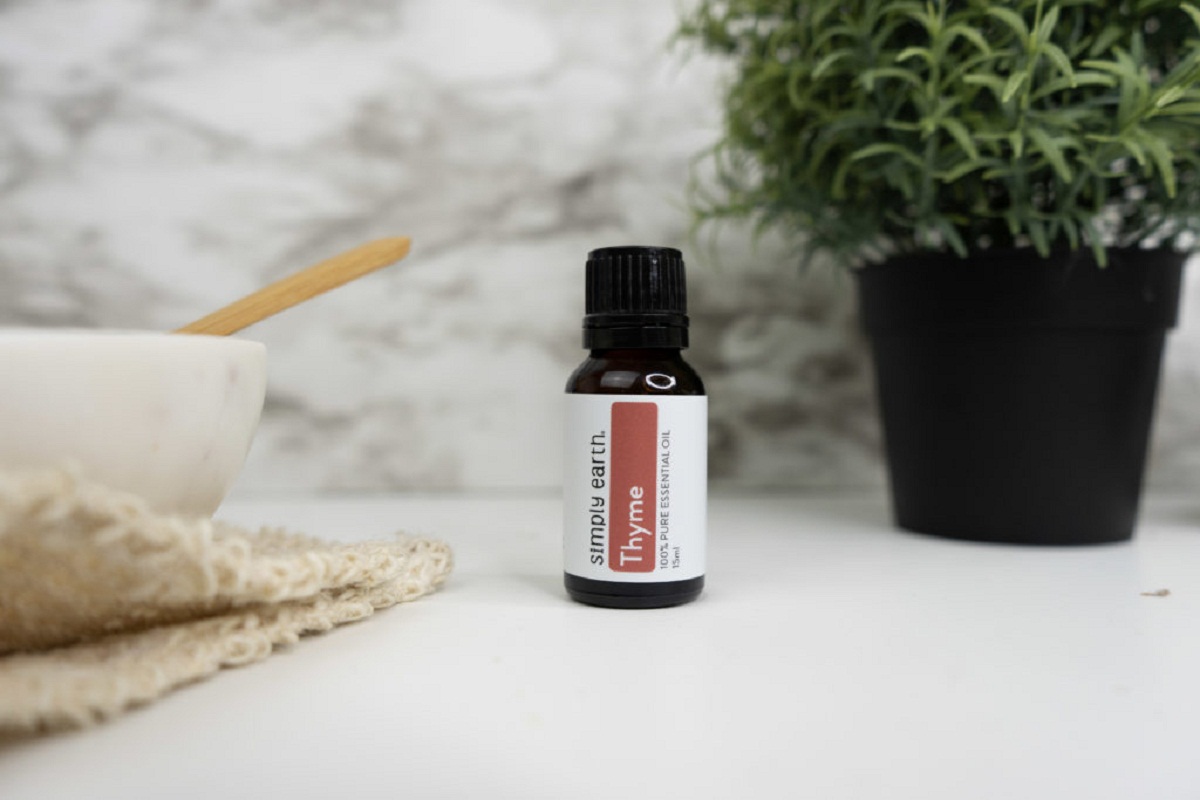




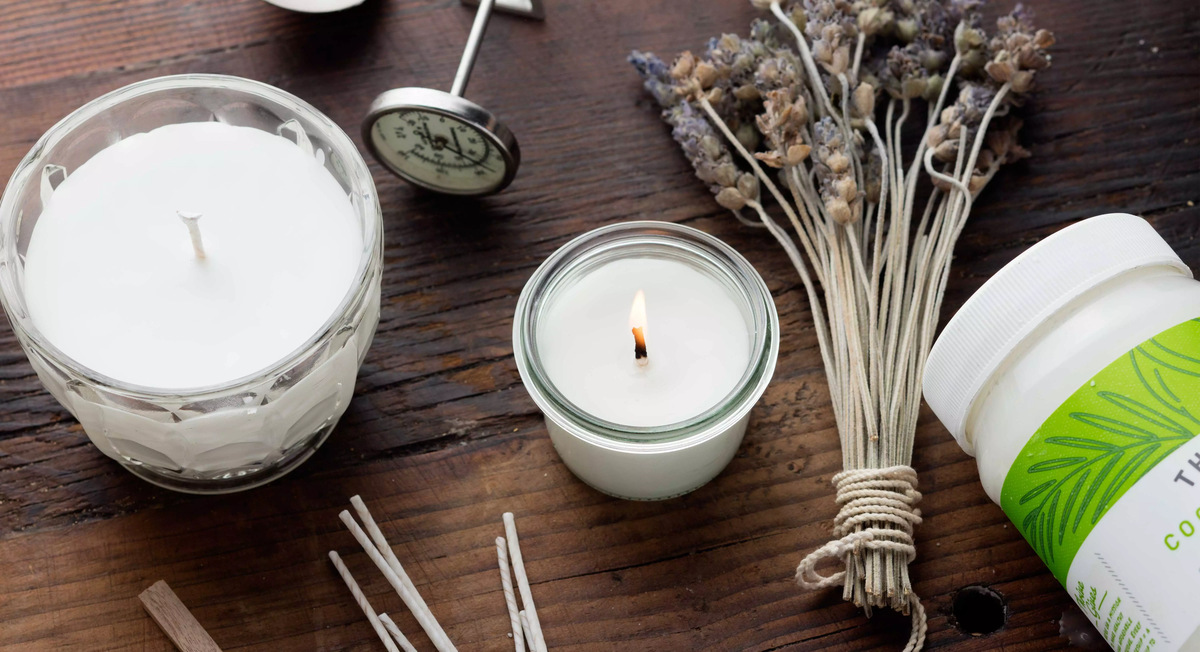

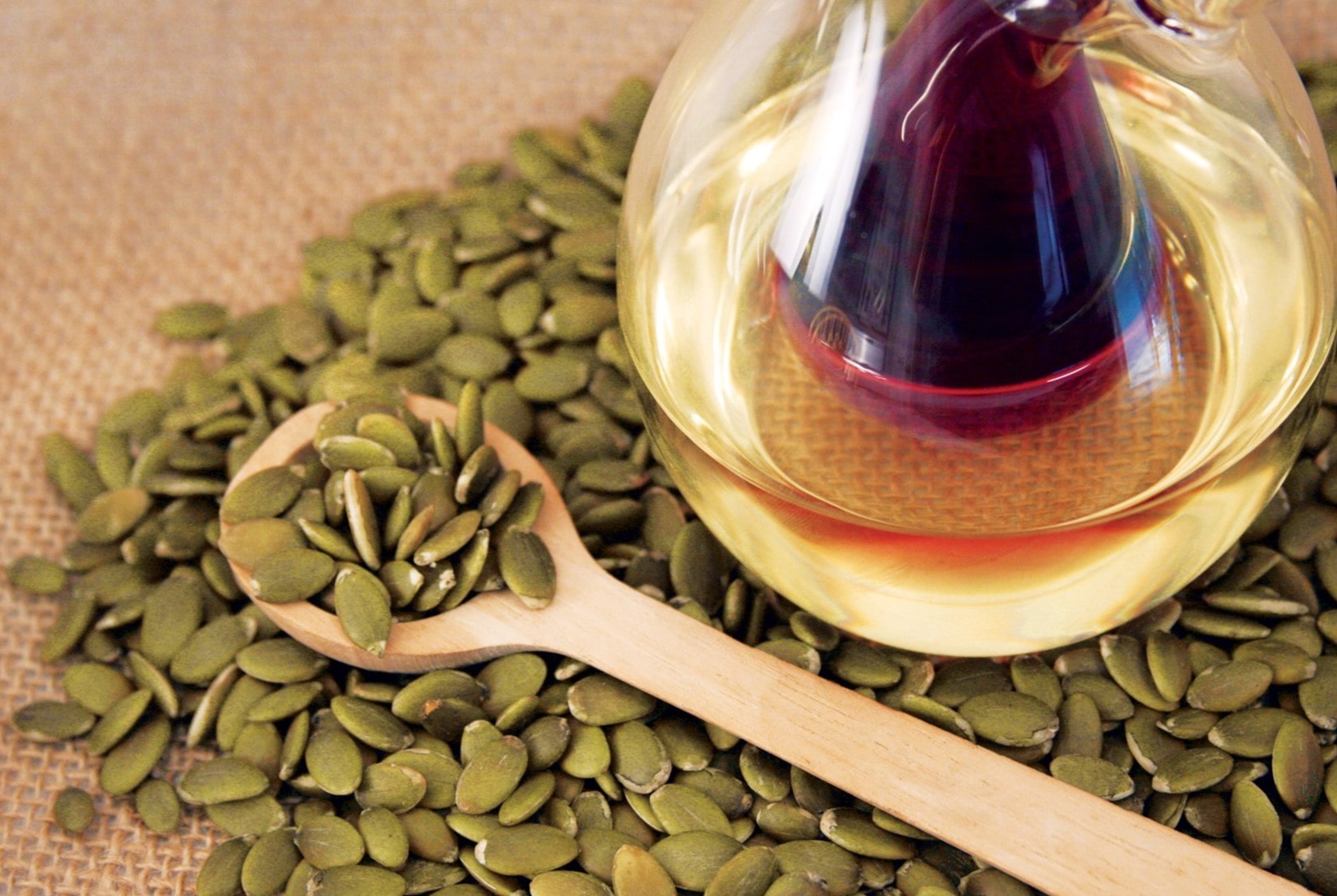
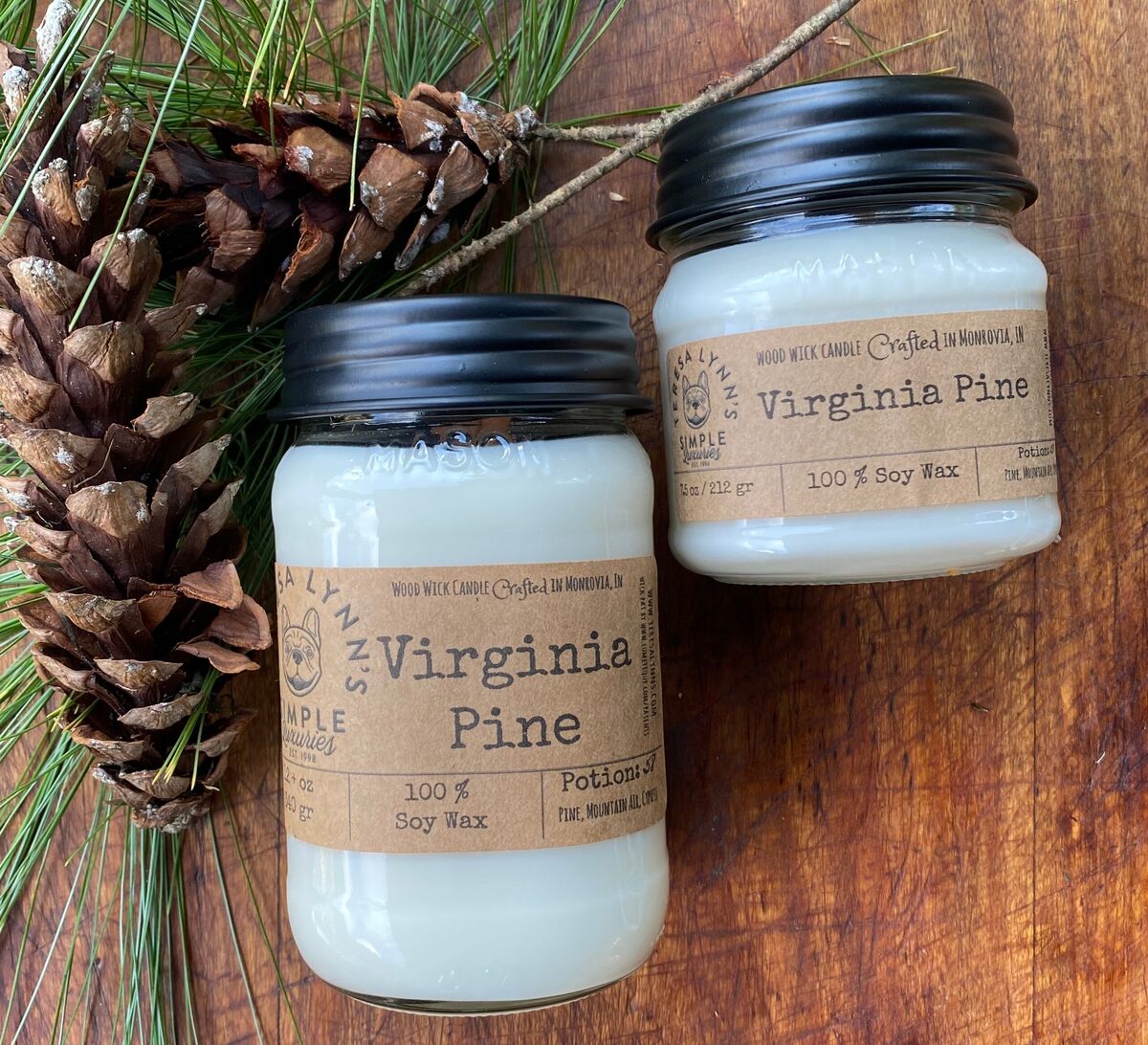
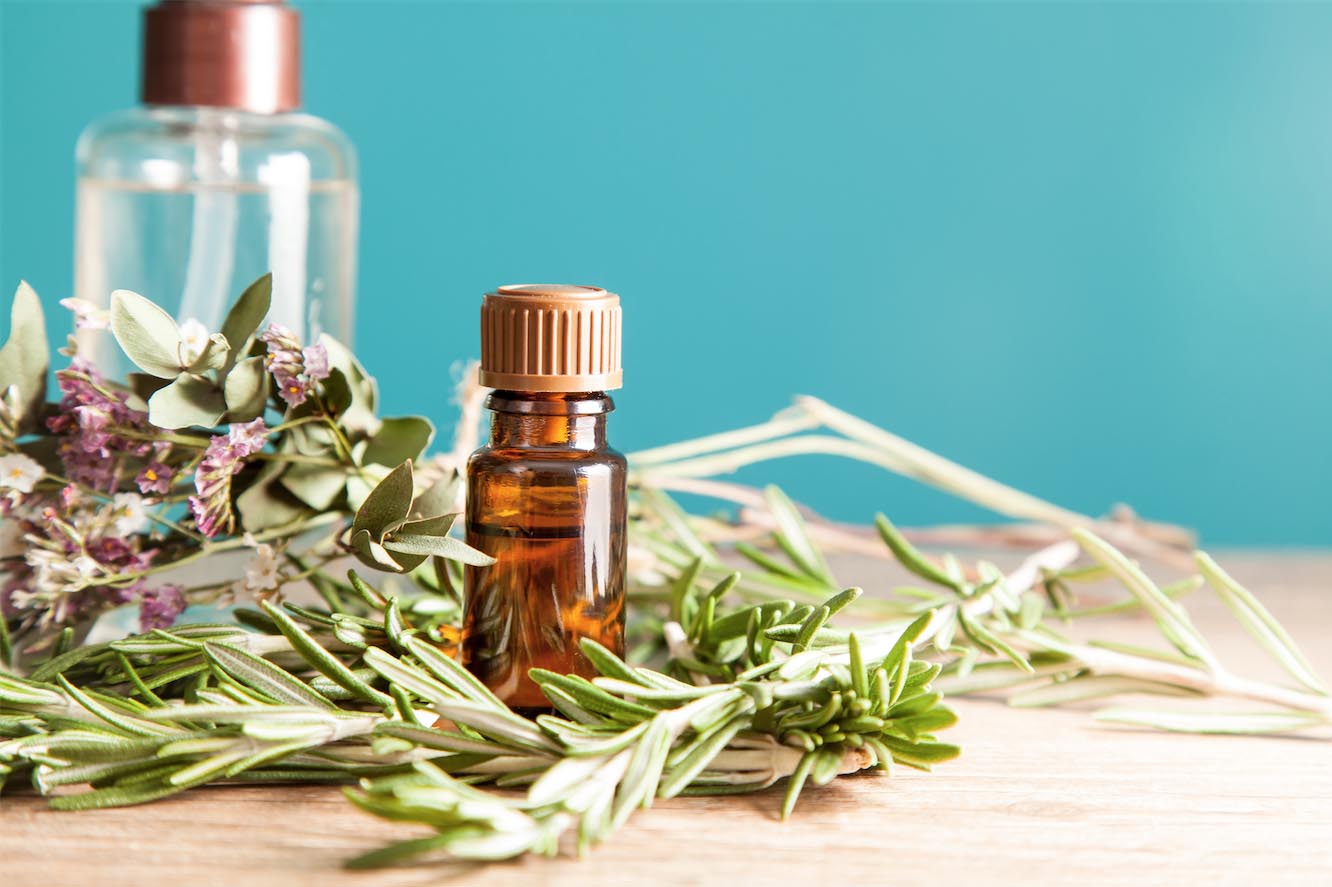


0 thoughts on “How To Make Thyme Oil”